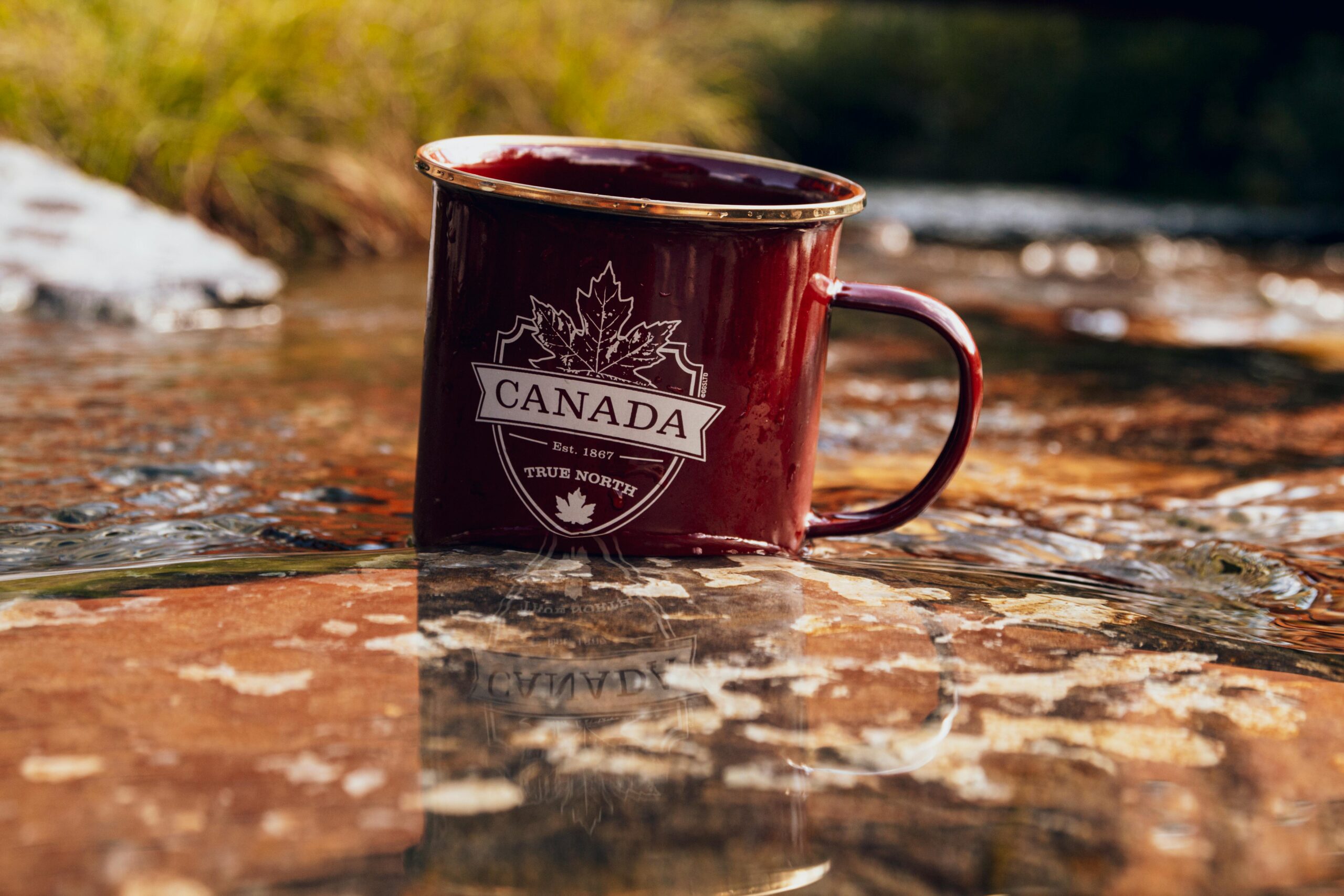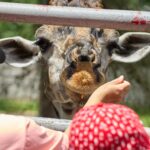Embarking on a new life in Canada is a monumental journey, filled with new opportunities, landscapes, and experiences. Beyond the official paperwork and practicalities of settling in, a deeper integration involves understanding the cultural tapestry of the nation. This includes the subtle, often unwritten, rules of social etiquette, as well as the cherished traditions and quirky superstitions that add colour and character to Canadian life. For newcomers, grasping these nuances is a wonderful way to connect with the local community, understand everyday conversations, and build a richer, more profound sense of belonging. This guide offers an insightful exploration into the common and unique Canadian superstitions and traditions that every newcomer should know.
Table of Contents
- The Global and the Local: Common Canadian Superstitions You’ll Encounter
- Embracing the Seasons: Quintessential Canadian Traditions and Rituals
- Honouring Deep Roots: A Glimpse into Indigenous Traditions in Canada
- Weaving into the Fabric: Practical Advice on Canadian Culture for Newcomers
- Frequently Asked Questions
The Global and the Local: Common Canadian Superstitions You’ll Encounter
While Canada boasts its own unique cultural identity, many of its day-to-day superstitions are inherited from European folklore and are shared across the Western world. Understanding these is a fundamental first step in navigating casual social interactions. One of the most common is the practice of “knocking on wood.” Canadians will often say this phrase, sometimes physically rapping their knuckles on a wooden surface, to prevent a confident statement from bringing about bad luck. For example, if someone says, “I’ve never had a flat tire on this car, knock on wood,” they are performing a small ritual to ward off jinxing themselves. Another widespread belief is the simple act of “crossing your fingers” for good luck, either for oneself or for someone else. You might hear a friend say, “I’ll keep my fingers crossed for your job interview tomorrow.” While many people don’t literally believe these actions have power, they are deeply ingrained linguistic and cultural habits. The superstitions surrounding Friday the 13th and black cats are also prevalent. Some people may exhibit genuine caution on this date, avoiding important decisions, while the sight of a black cat crossing one’s path might elicit a joking comment about bad luck. These are not typically serious beliefs that govern daily life but are part of a shared cultural lexicon that newcomers will frequently encounter in conversation, media, and humour.
Embracing the Seasons: Quintessential Canadian Traditions and Rituals
Beyond general folklore, Canada has a vibrant set of traditions deeply connected to its distinct seasons and history. Perhaps one of the most famous and charmingly bizarre is Groundhog Day, held every February 2nd. On this day, crowds gather to watch a groundhog—most famously Wiarton Willie in Ontario and Shubenacadie Sam in Nova Scotia—emerge from its burrow. According to folklore, if the groundhog sees its shadow, it will retreat, predicting six more weeks of winter. If it does not, an early spring is on its way. While it’s a lighthearted and unscientific affair, it is a widely reported media event and a cherished mid-winter tradition that brings communities together. Another significant seasonal ritual is the cottage season, which unofficially kicks off on Victoria Day long weekend in May. For many Canadians, “going to the cottage” or “heading to the lake” is a quintessential summer experience, involving bonfires, swimming, and spending time in nature. Furthermore, the fall season is marked by traditions like apple picking and visiting pumpkin patches in anticipation of Halloween and Thanksgiving. And, of course, no discussion of Canadian traditions is complete without mentioning the reverence for hockey. The start of the hockey season is a major cultural event, and rituals like watching “Hockey Night in Canada” on a Saturday evening are a national pastime that transcends demographics. These seasonal and cultural rituals are powerful bonding experiences and participating in them is a fantastic way for newcomers to embrace the Canadian way of life.
Honouring Deep Roots: A Glimpse into Indigenous Traditions in Canada
Recognizing and respecting the foundational cultures of Canada is paramount for anyone seeking to truly understand the country. Indigenous traditions are not superstitions; they are profound, living cultural and spiritual practices that vary immensely among First Nations, Inuit, and Métis peoples. As a newcomer, it is not expected that you will become an expert, but showing awareness and respect is crucial. One increasingly common practice you will encounter is the land acknowledgement. At the beginning of public events, meetings, and even in email signatures, it is becoming standard practice to acknowledge the traditional Indigenous territory on which the event is taking place. This is an act of reconciliation and a sign of respect for the enduring relationship that exists between Indigenous Peoples and their traditional lands. Another aspect of Indigenous culture that is becoming more visible to the broader Canadian public is the powwow. A powwow is a celebration of Indigenous song, dance, food, and community. Many are open to the public, and attending one can be a powerful and educational experience, offering a glimpse into a rich and resilient culture. It is important to attend as a respectful observer, listen to the masters of ceremonies for protocol, and appreciate the artistry and spirituality of the event. Understanding that these traditions are integral to Canada’s identity is a key part of responsible and respectful integration into Canadian society.
Weaving into the Fabric: Practical Advice on Canadian Culture for Newcomers
Adapting to the cultural nuances of a new country takes time and an open mind. Canadian superstitions and traditions are threads in a much larger social fabric, and understanding them can greatly enhance your settlement experience. It’s less about believing in them and more about recognizing their role in communication and community. When you hear a colleague knock on wood or a neighbour talk excitedly about the groundhog’s prediction, you’ll be in on the cultural inside joke. Engaging with these traditions is a bridge to forming connections. Attending a local festival, trying a traditional Canadian food like poutine or a butter tart, or simply wishing someone luck by saying you’ll “cross your fingers” are all small but meaningful gestures. This cultural fluency can make daily interactions smoother and more enjoyable, helping to dissolve the invisible barriers that can sometimes exist between newcomers and established residents. Being curious and asking questions is often welcomed. Canadians are generally proud of their traditions and are happy to share them. Here are some key takeaways for navigating this aspect of Canadian life.
- Observe and Listen: Pay attention to casual conversations, television shows, and local news. You’ll quickly pick up on common phrases and references related to Canadian superstitions and traditions.
- Participate When Appropriate: Don’t be afraid to join in. Visit a pumpkin patch in the fall, watch a local hockey game, or attend a community Canada Day celebration. Shared experiences are the foundation of community.
- Ask Respectfully: If you hear a term or reference you don’t understand, it’s perfectly acceptable to ask. Most Canadians will appreciate your interest in learning about their culture. This is especially true for Indigenous traditions, where asking about protocol shows respect.
- Maintain an Open Mind: Some traditions might seem strange or silly, like Groundhog Day. Embrace them with a sense of humour and curiosity. They are part of what makes Canada unique.
- Share Your Own Culture: Integration is a two-way street. Sharing your own traditions and folklore can be a wonderful way to build connections and enrich the multicultural fabric of your new community.
Frequently Asked Questions
What does it mean to “knock on wood” in Canada?In Canada, “knocking on wood” is a common superstitious phrase and action used to prevent bad luck after making a positive or boastful statement. It’s a cultural habit to verbally “ward off” jinxing oneself, even if not taken seriously. What is Groundhog Day and is it a serious tradition?
Groundhog Day, on February 2nd, is a lighthearted Canadian tradition where a groundhog’s emergence from its burrow is said to predict the weather. While it is a widely celebrated media event, it is a fun piece of folklore rather than a serious meteorological forecast. How should newcomers approach Indigenous traditions?
Newcomers should approach Indigenous traditions with profound respect and a willingness to learn. This involves recognizing their significance as living cultures, not superstitions, and being mindful of practices like land acknowledgements and attending events like powwows as a respectful observer. Are superstitions like avoiding black cats taken seriously in Canada?
For the most part, superstitions involving black cats or Friday the 13th are not taken seriously in daily life. They exist as part of a shared cultural folklore and are more often the subject of jokes or casual comments than genuine fear or caution. What is a simple way to participate in Canadian traditions?
A simple way for newcomers to participate is by engaging in seasonal activities. This could include visiting an apple orchard in the fall, attending a local winter festival, or celebrating a long weekend like Victoria Day by enjoying the outdoors, as these are cherished Canadian pastimes. Talk to us to find out more. ->
The content above is not intended to provide legal advice or opinions of any kind and may not be used for professional or commercial purposes.







